The content of the article
Many mothers and fathers, long before the birth of the baby, dream of how they will be kind to him, run with him in the mornings, temper with the baby, actively develop physically and mentally. But, unfortunately, statistics show that only an insignificant part of conscious parents fulfill their plans. We often feel sorry for waking a child early in the morning for a run, we are afraid that he will get sick from cold water when dousing. Paradoxical as it may seem, by such actions we do not protect children's health, but rather, we make the baby’s body greenhouse and vulnerable. Any temperature difference or external effect results in a cold, and sometimes more serious illnesses.
It is important to understand that young children are sick and this is normal. The body of the child is faced with a huge number of viruses, fungi, bacteria and other infectious pathogens. This is how a person’s immunity is formed - he learns to resist external factors. Therefore, it is simply impossible to completely exclude diseases (especially SARS). But how these colds will flow depends on the parents. Why does one child have a cold without fail ending with bronchitis or sinusitis, and the other baby gets off with only three-day transparent snot? It's all about two factors - the method of treatment and the state of immunity of the child. Everyone has long known that there is no need to fight a simple virus, it is enough to provide cool, moist air, give the child a lot of liquid and rinse the nose with salted water. But how to strengthen the body's defenses? An important, and sometimes the main factor in building strong immunity is hardening. Today we’ll talk about ways to properly harden a child.
As the famous motto says: “The sun, air and water are our main friends!” Indeed, hardening is based on three main whales - solar, air and water baths. But each of the procedures requires special attention and knowledge of many nuances.
Sun baths
Moderate sun rays are incredibly good for health, it is not in vain that babies from the first days after birth are recommended to walk in the sun. With the help of ultraviolet radiation, vitamin D is synthesized in human skin, which is so necessary for building strong immunity. However, remember that vitamin D is produced only in the morning, until about 10-11 hours of the day. Therefore, it is necessary to walk with the child in the morning. It is not necessary to expose the baby in direct sunlight, just walk with him on the street, you can even be in the shade. After all, ultraviolet light is refracted many times and will certainly reach the skin of your crumbs.
Older children also need sunbathing. However, it is very important to observe the middle ground, since sunburn is a very unpleasant and dangerous phenomenon. Begin solar hardening in the summer, with the arrival of the first warm days. It is not worth it to be under the direct rays of the scorching sun, try to sunbathe before 11 a.m. or after 15-16 a.m. So you can avoid aggressive ultraviolet radiation. Do not forget to wear hats - headscarves, caps and hats that will protect children's heads from sunstroke. If you just arrived on vacation, do not rush to expose the tender unprepared skin to the sun's rays - try to cover your shoulders, back and face for several days. Otherwise, a sunburn and spoiled vacation will be guaranteed.
If you went to the sea, try to spend more time on the beach - sea air is very useful for the health of the respiratory system.When the baby gets used to the sun, you can let him go for a walk in the same panties. Offer the baby to walk barefoot more often, but first make sure that there are no glasses and thorns in the area that can injure the delicate skin of children's feet.
Air baths
This is the easiest, but at the same time the most risky method of hardening. It consists in accustoming the child to low temperatures. Such hardening can begin literally from birth. Teach the baby to stay in a cool room for a while - first 5 seconds, then 10, gradually increasing and increasing this time period. It is best to take air baths before bathing - after bathing, the body is warmed up and exposing it to streams of cold air is unreasonable.
In addition, air baths are also regular ventilation of the room, especially if the room is hot and stuffy. You need to ventilate the room often, every couple of hours. The temperature in the room should be 18-22 degrees. If the baby is freezing at the same time, it is better to put clothes on him, and not put a heater. The fact is that radiators dry the air very much, the nasal mucosa suffers from this - dry crusts appear in the nasal passages. In dry air, dust and allergens rise up, causing coughing and other reactions. In winter, when the heating system works on "Hurray", it is necessary to put an air humidifier or constantly wet clothes on radiators.
Pay attention to air hardening during walks. This includes a moderate amount of clothing. After all, babies are more sensitive and painful to overheating than to hypothermia. Therefore, you do not need to wrap the baby. One simple rule should be adhered to - infants to wear one layer more, children over one and a half years old - one layer less than themselves. Young children practically do not move, so they should be worn a little warmer. For example, put on a thin T-shirt and a light blouse? And add one more layer in the form of fleece overalls to the kid. But children over one and a half years old need, on the contrary, to dress easier, because they are constantly on the move, they are not afraid to freeze, but sweating does not cost anything.
Water hardening
This is the most extensive and, frankly, the most pleasant type of hardening. It is rare that one of the kids does not like to swim, splash and splash. Sometimes there are children who do not like water, but this is overwhelmingly associated with fears. Often parents are guilty of these fears - when they immerse the baby in the uncomfortable temperature of the water, when they throw the child into the water without support, hoping that he will learn to swim independently. Remember that you need to teach water carefully and without violence, then the baby will love to swim for life.
- Cold water. Water quenching is a gradual accustoming to lower temperatures. As soon as you bring a newborn baby home, you should bathe him only in warm water. Until the navel has fallen off, the water should be boiled - sterile clean. When the navel falls off, you can use warm water from the tap, and slowly accustom the body to various microorganisms, because the baby can not grow in a sterile environment. At first, the temperature of the water should be comfortable - not hot and not cold - about 36-37 degrees, like body temperature. Over time, you can reduce the water gradually by one degree every 3-5 days. But not immediately, but add cold water in the process of taking a bath. That is, today you bathe your baby at 36 degrees, gradually add cold water and lower the temperature to 35 degrees. Five days later, you also start at 36, but already lower the temperature to 34 degrees. So time after time you can reach 30 degrees, children over one year old can lower the water temperature to 28-26 degrees. But all processes must be gradual!
- Bathing. Many mothers feel sorry for their children and believe that they will freeze in such cold water. In fact, a child in cool water just starts to move more to keep warm. Cool baths and hearty meals are the best means for a long night's sleep of a child. To give the baby the opportunity to move more in the water, put a swimming ring on his neck, some models can be used from a month already. Such a nice device will significantly improve the bathing process - the baby can swim calmly, without difficulty moving around the entire perimeter of the large bath, and the mother does not need to stand by the hook, holding the crumbs in the water.
- Rubdowns. If you did not temper your baby from early childhood, and now he is constantly sick, you need to start doing it gradually and very, very carefully. Take a terry mitt or washcloth, rub it with your feet, hands, back and tummy to the child. After a couple of days of such manipulations, moisten the washcloth in warm water and repeat the procedure. Gradually, the water for wetting the washcloth should become colder and colder. After wiping, let a little moisture remain on the skin - the baby dries, hardening works, immunity is formed.
- Dousing. This method of hardening is not for wimps - it is suitable only for children older than two years. Its essence is that you need to pour warm water on, and then gradually lower the temperature less and less. Experienced parents are tempered with the kids at any time of the year. When dousing do not affect the head - it is important to know. If the baby is not yet ready to completely drench, you can teach him to wash his legs in warm, and then in cold water. After that, carefully rub the feet and heels with a bath towel and put the baby to bed.
Kids rarely follow parental advice, but almost always follow suit. Therefore, you need to show the child hardening on their own experience. Pour over water and wipe yourself with a damp towel - the child will definitely repeat after you.
Cold hardening
In the summer, start tempering with ice cream. First, give the child ice cream in a melted form, as a medicine, for 1-2 tablespoons - it should dissolve, and not swallow the mass. Gradually, the amount of ice cream eaten can be increased, then you can not wait until it completely melts. When the baby gets used to ice cream, you can let him suck on pieces of ice. For taste, you can freeze in cubes not just water, but fruit juices. First, give the child small pieces of ice, gradually increase the size of the portions and the time they hold in the mouth. You can prepare your throat for cold simply by rinsing. Teach your child to gargle with warm and then cold water. With a gradual decrease in temperature, there will be no harm, the mucous membrane of the throat will be able to adapt and harden. All of these cold throat quenching methods are suitable for older children after three years.
How to start tempering
Many parents complain that they cannot start the hardening process, since the baby is constantly sick. If you have never tempered a child at all and you have it quite painful, it is better to start the process in the summer when the risk of catching a cold is minimal. Be sure to consult a doctor before hardening - he must give consent to the procedure. Start hardening with simpler and more gentle methods - air and sun baths, gradually introducing more and more new procedures.Make sure that the baby is used to a given water temperature before you decide to lower it by another degree.
Remember that hardening is a regular and ongoing procedure. Only with daily wipes and air baths can you strengthen the immune system and achieve a good result. All procedures should be voluntary - only by consent and mood of the baby. Good immunity is not only hardening, but also a varied diet, frequent walks in the fresh air, competent sleep and wakefulness. Follow simple hygiene rules, and your baby will not be afraid of illness!
Video: tempering children

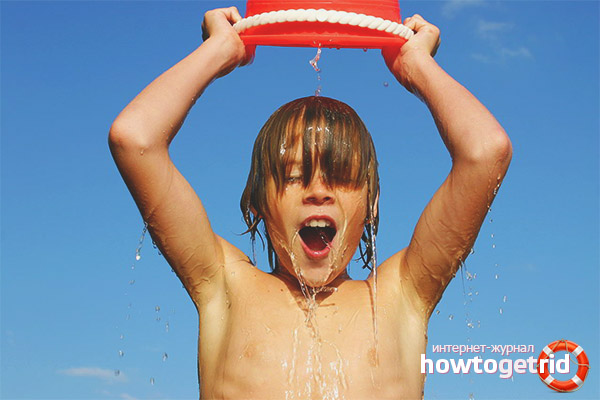
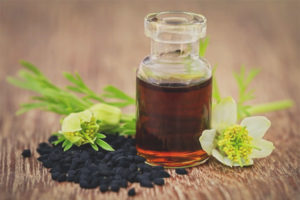
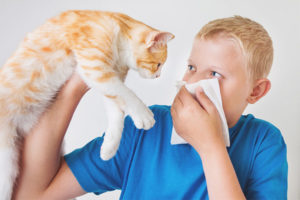


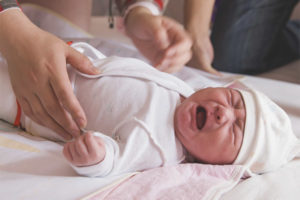
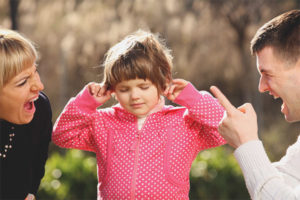
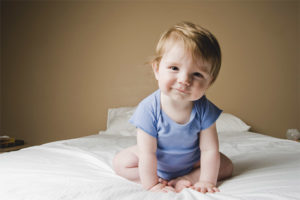
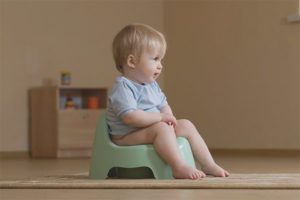
Submit